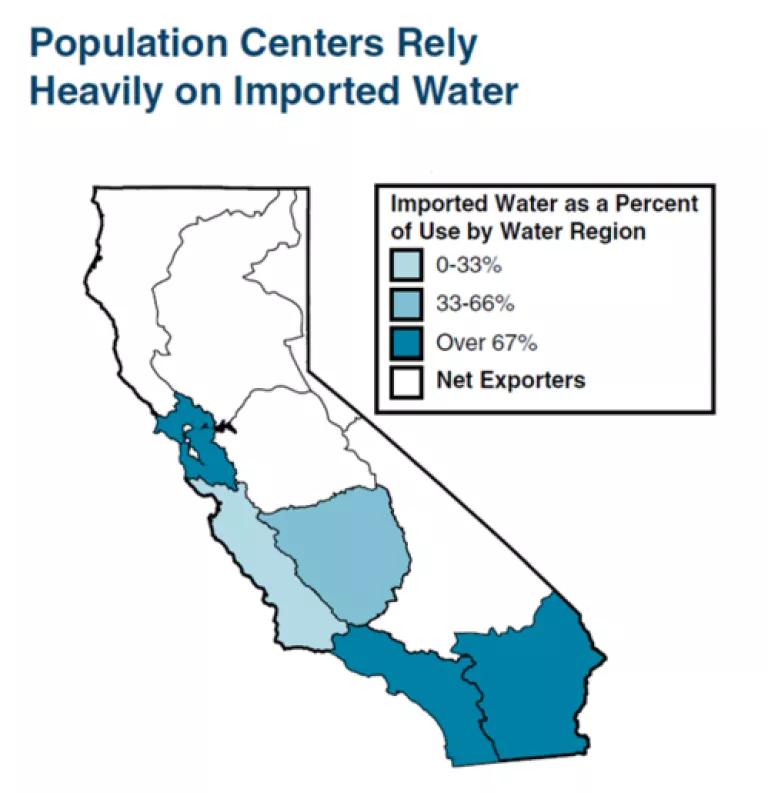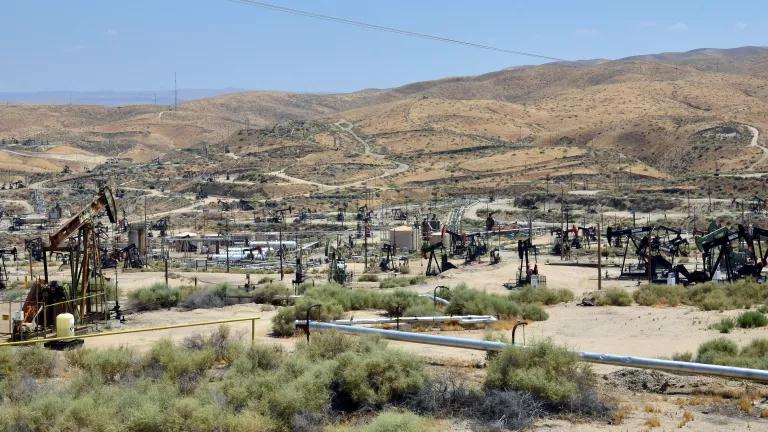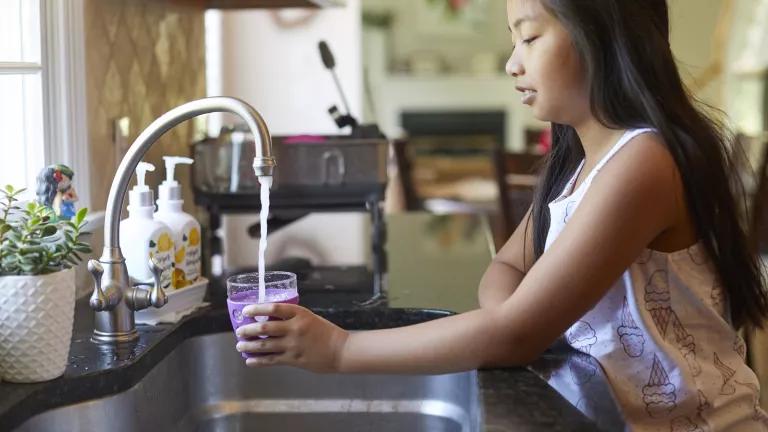Where does your water come from? And why should you care? After all, the Har-Bowl is nearly upon us, and the Oscars are not far behind. What information about California water could be more interesting than these compelling February diversions? Click here and find out; you’ll learn from this new NRDC web page where your water comes from, what issues may be facing your water supply, and whether your water agency is planning thoughtfully for the future.
Knowing where your water comes from matters because we all want to ensure that clean and safe water flows from our tap when we turn it on. The source of that tapwater determines, in large part, how safe and secure your supply is, now and in the future. In most regions of California, we have hit hard and fast limits on the amount of water that we can reliably draw from our traditional water sources, including most of the state’s rivers, the Colorado River, and many groundwater basins. There are alternatives to these traditional sources that can provide the State with a stable and sufficient water supply for a growing population and economy. But tapping into these alternative water supplies -- such as recycled water, more efficient water use, stormwater capture and reuse, and better groundwater management -- requires planning. Is your water agency looking ahead and investing in these 21st century solutions?
Here’s an interesting map illustrating, in broad strokes, that much of the state currently relies on sources of imported water, taken from a report released earlier this month by California’s Legislative Analyst.

Many of these sources of imported water face serious and growing risks that make it likely that they will yield less water in the future. For example, one of the state's most important water supplies and a major source of imported water for southern California is the San Francisco Bay Delta. But the risk of earthquakes, ecosystem collapse, climate change and other challenges all threaten the Bay-Delta as a reliable source for future water supplies. As the Governor explained in his State of the State address last week: “Central to the life of our state is water and one sixth of that water flows through the San Joaquin Delta. Silicon Valley, the Livermore Valley, farmers on the East side of the San Joaquin Valley between Fresno and Kern County and farmers on the West side between Tracy and Los Banos, urban Southern California and Northern Contra Costa, all are critically dependent on the Delta for Water. If because of an earthquake, a hundred year storm or sea level rise, the Delta fails, the disaster would be comparable to Hurricane Katrina or Superstorm Sandy: losses of at least $100 billion and 40,000 jobs.”
There are effective, affordable solutions to the threats to the Bay-Delta highlighted by the Governor, as well as other risks facing California’s water supplies, but policymakers need to hear from you to find the path to the best solution. The more informed Californians are about water issues, the more they will support thoughtful solutions. That’s why NRDC developed this new tool. So find out where your water supply comes from, and tell Governor Brown and others to invest in the solutions that strengthen our water supply and preserve California’s salmon fishery, and the health of our rivers and streams for decades to come.



